As TV’s Crown Court returns after 40 years, can YOU work out who the stars from the1970s drama are?
Everybody stand up! The Crown Court is back. The 1970s late-night drama series that took viewers to a mock court but with a jury of real people delivering their verdict is being shown on British television for the first time since its original broadcast ended in 1984.
Starting at 2:30 p.m. tomorrow, the Talking Pictures digital television channel will repeat the groundbreaking show, which ran for 11 series and 879 episodes between 1972 and 1984, from the beginning.
And just about every British actor you’ve ever heard of appeared in it: from Peter Capaldi to Maureen Lipman, from Jim Broadbent to Colin Firth, whose first television role was as a policeman called to testify in a 1984 episode.
Each 25-minute episode saw lawyers examine witnesses in front of a jury of 12 members of the public, who were often led off the street before recording. On the jury, only the foreman delivering the verdict was an actor, since in the heavily unionized 1970s, speaking had to be a job for an Equity member.
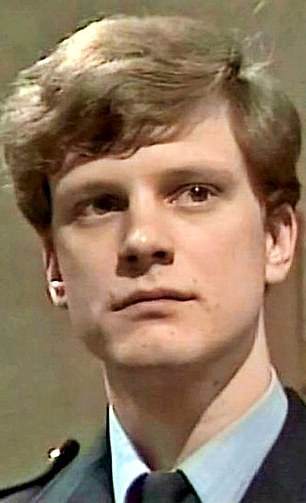
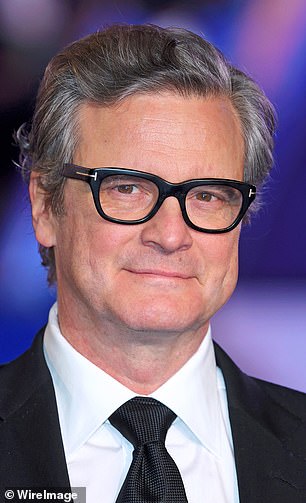
Darcy’s Debut: Colin Firth’s First TV Role – A PC Giving Testimony
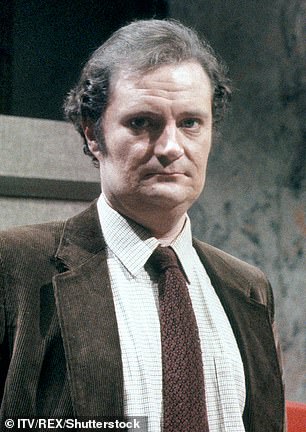

The secret is out: Harry Potter’s Jim Broadbent was a reporter accused of obtaining classified information in 1984
The stories reflected the range of cases heard in the Crown Courts, from domestic violence and drug abuse to business disputes and sometimes murder.
It was shot as a play at Granada Studios in Manchester. There were no replays, but two finals were rehearsed as per the verdict.
In 2017, ITV rebooted the idea with celebrity judge Rob Rinder, but only made two episodes.
Eagle-eyed viewers will see Maureen Lipman as a prosecutor, Birds of a Feather’s Pauline Quirke as a single mother caught shoplifting, Peter Capaldi on the witness stand as a young redheaded punk, and Floella Benjamin as a victim. of racist abuse. .
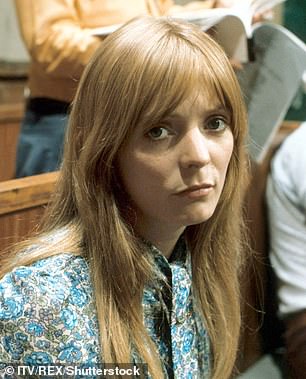
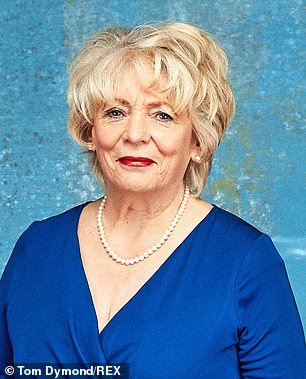
Cult star: Gavin and Stacey actress Alison Steadman played the victim of a violent community leader who testified in 1975
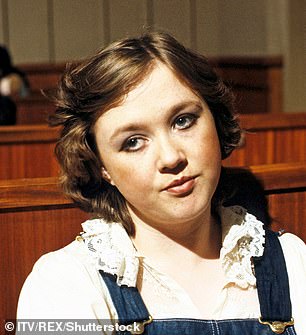
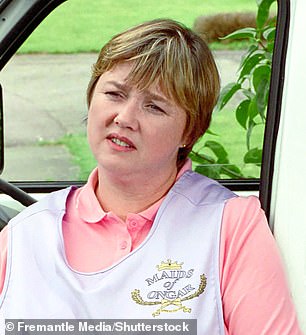
Doing Bird: Pauline Quirke was the manager of a burglar’s lodge in 1978, before playing a convict’s wife, Sharon, in Birds Of a Feather.
Richard Wilson, the future Victor Meldrew, made a name for himself as a smug QC, while Oscar winner Colin Firth landed his first television role in a 1984 episode, playing a young policeman called to testify. He also looks for Liz Dawn (Coronation Street’s Vera Duckworth) as a guardian.
The show was set in the fictional town of Fulchester, with each case being heard over three consecutive days and shown Wednesday through Friday.
Each 25-minute episode saw lawyers cross-examine witnesses in front of a jury made up of a dozen members of the public, who were often led off the street before recording. They then held their deliberations behind closed doors. While they weren’t required to speak on camera, each of them had to be eligible for jury duty in real life.
But, in another intriguing twist, the foreman delivering the verdict had to be an Equity actor, since he had spoken on the lines. This was the heavily unionized 1970s, after all.
I couldn’t be more thrilled that Crown Court is back in session because as a 13-year-old schoolgirl in South Wales it was my guilty pleasure.
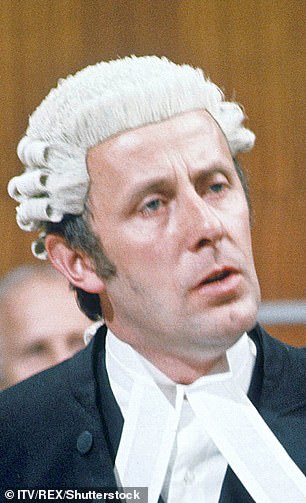
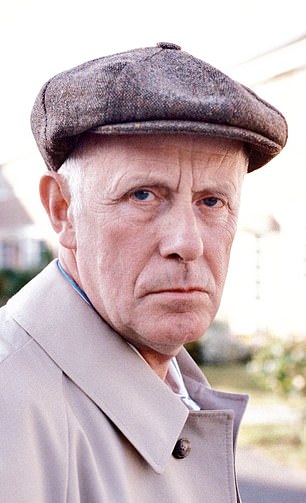
I don’t believe it: Long before he was Victor Meldrew, Richard Wilson was a lawyer in the 1973 arsonist trial
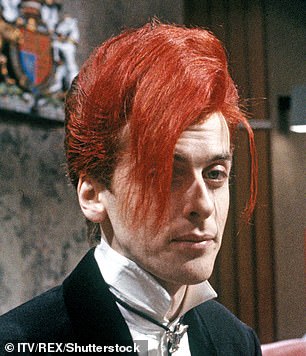

Evidence Tampering: Future Tardis owner Peter Capaldi was a rockabilly singer who took the witness stand in 1984
As much as I loved school, I lived for the holidays and those times when I was confined to my sick bed, because I knew that once Pebble Mill At One was over, it was time to switch to ITV for my courtroom drama. Favourite.
Cue the familiar melody of the opening theme, the trumpet-driven fourth movement of Janacek’s Sinfonietta, and a wobbly close-up of the royal coat of arms, and off we go!
The stories varied in tone and subject matter, reflecting the range of cases heard in the Crown Courts every day, from domestic violence and drug abuse to local business disputes, arson and sometimes even murder.
We never got to see the crimes happen, nor did we have any idea of the lives of lawyers and judges. The show was shot like a stage play, on a custom-built set at Manchester’s Granada Studios.
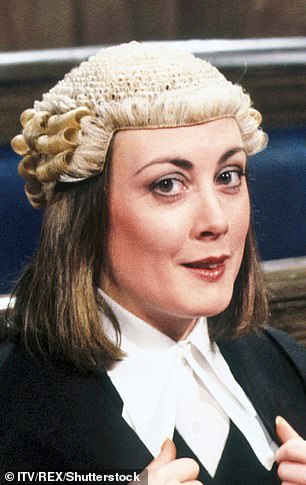
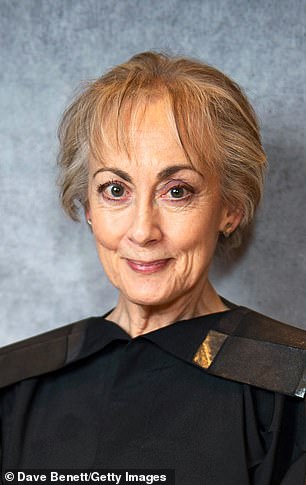
Special case: Paula Wilcox was already famous from Man About The House when she appeared as a lawyer in 1981
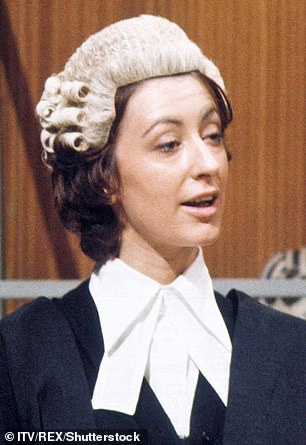
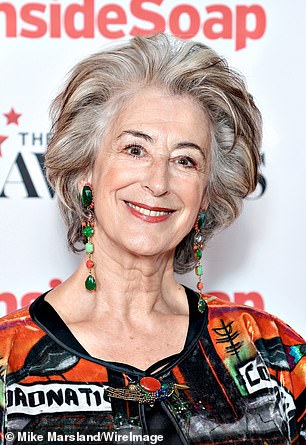
Does she have a criminology? Maureen Lipman as a lawyer in a 1973 episode about a student-teacher relationship
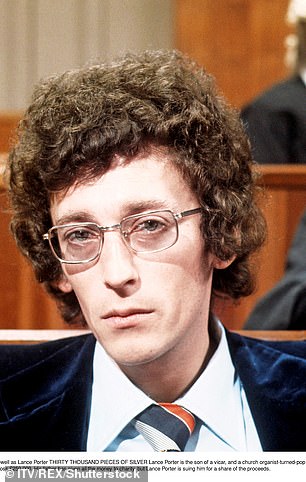
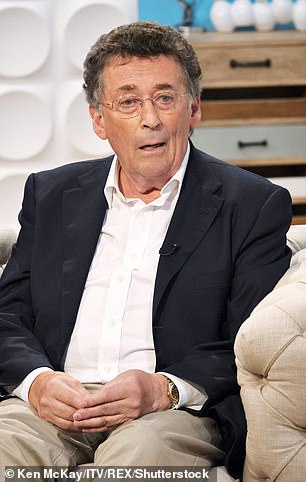
God Is My Witness: Robert Powell, who would play Jesus as Nazareth, was a vicar’s son in a 1974 episode.
There were no reruns, but two different endings were rehearsed. The actors only learned which way the jury had voted when the foreman announced the verdict to the judge.
One trial, titled Treason, features a white Congolese man who was found guilty by the court and sentenced to death for treason, still punishable under British law at the time.
Does it stand the test of time? Fifty years is a long time on television. Today, with so many channels, both terrestrial and streaming, 50 minutes can seem like an eternity.
Certainly a throwback to the ’70s is how much smoking was acceptable on screen back then: the smoke coronas in the courtroom hallway suggest that each witness had a sly amazement on the fly.
When it comes to the jurors, it’s a true ‘everyman’ Fraggle Rock: women in sombreros, man sideburns that look more like yetis, and hairpieces that look like squashed Chihuahuas. That’s when you realize how he’s dated the series. Also, you rarely see blackface.
Over the years, there have been efforts to revive the show for modern audiences: a recent reboot centered around a celebrity judge, Rob Rinder, and aired in a Friday night timeslot. But it’s hard to escape the feeling that the original, tried-and-tested format is still the best.
As for what I think will be the undoubted success of its Talking Pictures revival, I think it’s only a matter of time before the series is remade.
Just don’t ever have me on the jury – they’re all guilty as charged – send ’em downstairs!
